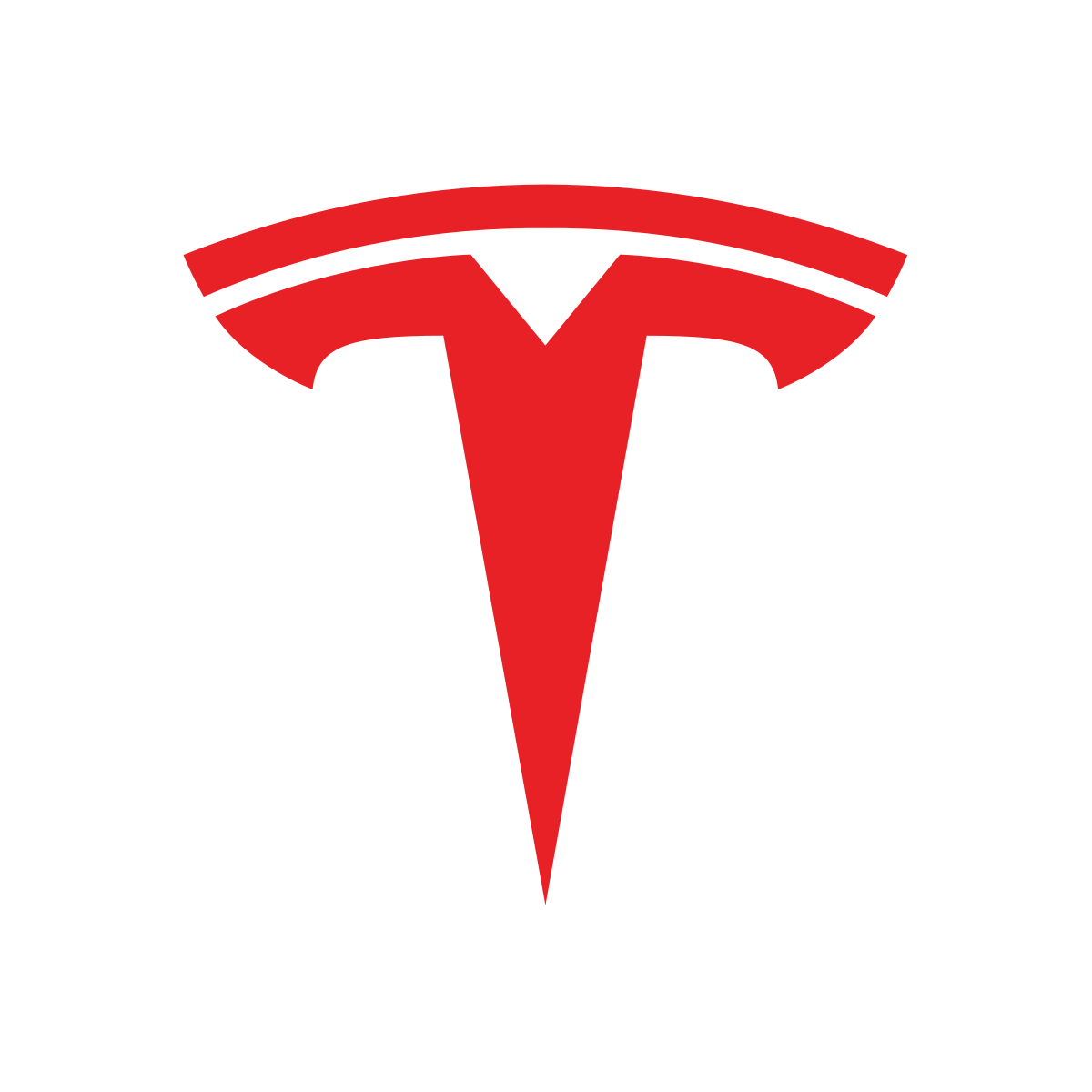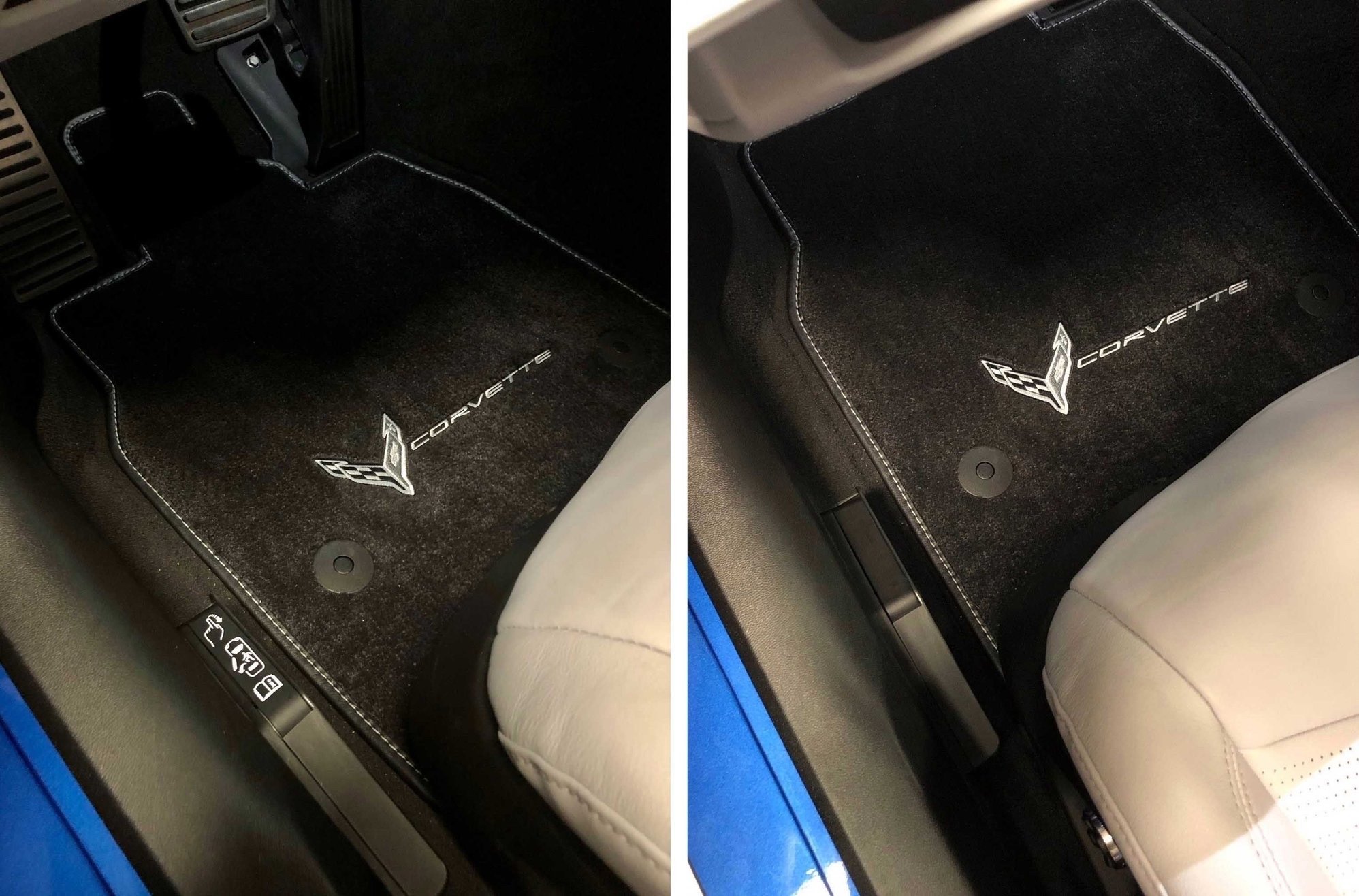- 4 Posts
- 123 Comments

 103·4 days ago
103·4 days agoSo my point is that the story is only newsworthy because it’s Tesla. I think you’re arguing that it doesn’t happen in other cars because you can’t find news about it. I think we’re arguing the same point. It could be happening in other cars, but it isn’t newsworthy.
30,000 people die in America every year because of cars, but we don’t see 30,000 news articles about it.
What would make a Tesla more dangerous than say a 2008 Corvette that has the manual release conveniently placed on the floor?
Here’s a photo from a forum where someone suggests a way to cover the label because they don’t like the look.


 138·5 days ago
138·5 days agoBecause this keeps coming up:
Electronic door latches are not a Tesla invention. They are featured in many vehicles. They’re considered a luxury item and presumably some people like them over a mechanical latch.
All Teslas have a mechanical override. In the 3 and Y it’s very obvious in the front seat (so obvious that some of my passengers instinctively use it over the electronic latch. Doing so repeatedly can damage the weather stripping). The back seat has no override (that I know of).
It’s less obvious (but still present) in the S and X.
Take from that what you will, but this is only a story because it’s Tesla.
I don’t know if I like this take.
I own two ocarinas specifically because of Zelda. The site I bought them from has a bunch of Zelda themed ones as well as a bunch of others.
The game raised awareness about the instrument, and I certainly wouldn’t have learned to play it (or any instrument for that matter) if it wasn’t for one of my favorite games.
How many people play guitar just because they saw a guy play one in a movie?
Also leaving this here. https://youtu.be/79Y6Q47qjlw?si=P6nN1i-tKFQP7Dhb
Doesn’t splitting helium into hydrogen absorb energy?
Fusion bombs fuse hydrogen into helium.
My strategy is to just keep some copyrighted Disney music on my phone and blare it if things get too dicey.

 1·6 months ago
1·6 months agoYeah but that actually works tho

 1·11 months ago
1·11 months agoThe great thing about gas is I know every gas station works with every gas car.
Diesel, premium, E85, etc.
We finally just agreed on a charger, but I still will wait a few years to see if it actually pans out to be the USB-C of cars.
There are already adapters. They aren’t that expensive. My Tesla works with every charger in the US at the moment. Tesla’s adapter for other vehicles should be out in the next year. In fact, when I purchased it, my vehicle didn’t have the functionality to communicate using the CCS adapter, but a $140 part and an afternoon gave it that capability. I assume the same will be true for any future changes.
It’s the places you avoid like the plague on a road trip because you want on and off the highway fast,
Tesla’s superchargers are specifically built right off major highway exits by design. Take a look Most larger multi-car stations are also built off highway exists. Urban charging stations are mostly intended for apartment dwellers as a stopgap before curbside charging is more prevalent.
They’re also not by the convenience stores or food places where you might realistically spend 15-40 minutes.
Yes they are. The car even tells you what amenities are available in each location. If you’re still not convinced, just take a look at https://www.plugshare.com/ and play with the filters. I do agree that they tend to be at the end of the parking lot, but any closer and ICE drivers would hog them for convenience. So that’s a 3-5 minute walk both ways I guess.
A traffic jam?
Cars get better mileage when they’re driven slower. Same for EVs.
what if something goes wrong? An unexpected detour?
One thing people tend to ignore is that you start every day and every trip with a full tank. My vehicle starts every day with 250 miles of range and rarely dips below 200. When I drove an ICE, I’d sometimes leave for work with less than 30 miles in the tank. Statistically speaking, you’re more likely to have more range at any given moment in an EV than an ICE provided you can charge at home.
I can call AAA and get 2 gallons delivered to me on any county road forget about state roads etc. I have no idea - am I getting a tow or something with an EV?
Yes, and what kind of vehicle does the AAA person drive? They tow you to somewhere you can charge. I mean it feels a bit silly to purchase a vehicle to make it slightly more convenient only after you already fucked up and have to wait two hours for AAA to show up. Your day is ruined either way. If you’re that concerned, you can replace your jumper cables and jerry can with a few adapters and plug into at a lot of remote locations. A 1 hour stop at an RV site will get you 40 miles of range. I personally like the idea that the worst case scenario for me (no cell service) is finding an exposed 120V outlet, running an extension cord, and camping out for the night. 10 hours gets you about 30-40 miles of range.
The infrastructure is good enough as is, and it’s only getting better. If you really drive long distance more than you drive locally and/or you can’t charge at home, I can see the trepidation, but the benefits of charging at home are tremendous and for some reason, vehicle manufacturers and consumers are ignoring it. The current ads are trying to convince you that EVs are just as convenient as gasoline vehicles which presupposes that gasoline was convenient for everyone in the first place.

 1·11 months ago
1·11 months agoIf you go the Tesla route, they have fast charging stations roughly every 100 miles everywhere in the US. Other brands are working on it.
So you’re talking a 30 mins break every 2.5 hours of driving. And if you can charge at your destination, it’s even better. Trade that for never need to stop for gas outside of road trips and it really, really isn’t that bad.
If you have 20 minutes, watch this: https://youtu.be/vXzuFprlyrw?si=deU4W2fAQ5KsBmsM
The end result is that over 18 hours of driving, the Tesla only added 1.5 hours compared to a gas vehicle.

 21·11 months ago
21·11 months agoI charge at home. I never need to go out of my way or really even think about fuel/charge level. Every day I wake up with a full tank. It’s always the same price (cheap), so there’s no need to shop around.
I know not everyone can charge at home, but at least half of America can, and it’s a convenience that is seldom mentioned in discussions of “range anxiety.”

 66·11 months ago
66·11 months agoI will wait in line for cheap gas at Costco a hundred times before I have to stop and charge for 30 minutes on my annual road trip.
/s
The heat doesn’t come from friction. It comes from compression of the gas in front of the object.
Also meteors don’t burn up due to friction. They burn up due to the heat generated by compressing the atmosphere stuck in front of them.

 42·11 months ago
42·11 months agoWhy do people get hung up on the supercharging stop they would need to make 2-3 times a year and ignore the 40x a year they currently go out of their way to wait in line for cheap gas at Costco?
Also, there are Teslas with 250k miles and 90% range. The batteries can already outlast their vehicles, and finally, recycling batteries is possible and a lucrative business.

 11·11 months ago
11·11 months agoWhich amount to basically extension cords with relays. All the tech for charging is already built into the vehicles. Most people could live happily with just 20A at 240V.
I don’t see how inventing and rolling out the infrastructure for an entirely new kind of fuel/energy storage tech is easier than just running some more wiring. If they charge at night when the office building/apartment/transit energy use is minimized, it won’t even put that much strain on the grid.
And you get to keep all the existing benefits for single family home people. Sprinkle in some vehicle to grid, and it gets even better.

 12·11 months ago
12·11 months agoWhat I don’t get is how gasoline even has an infrastructure. It’s delivered by trucks. If you replace the manufacture and dispensing with new equpement, what infrastructure are you left with? Trucks?






Is DDWRT still a thing?